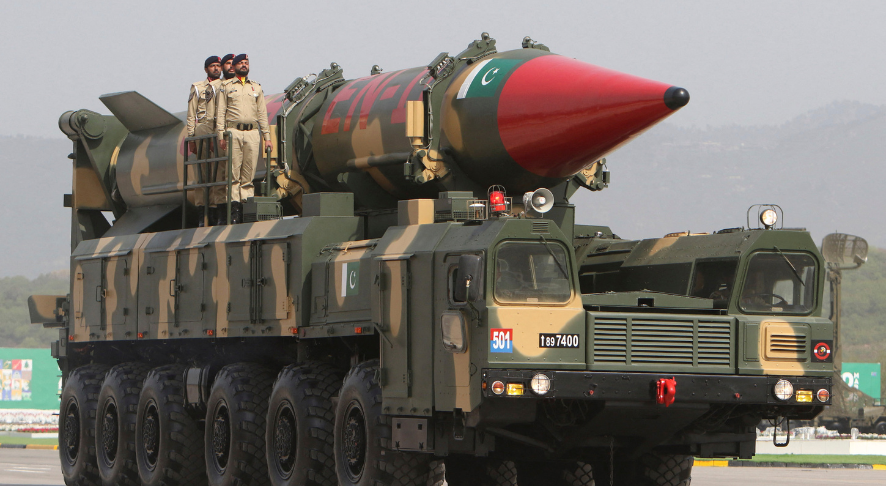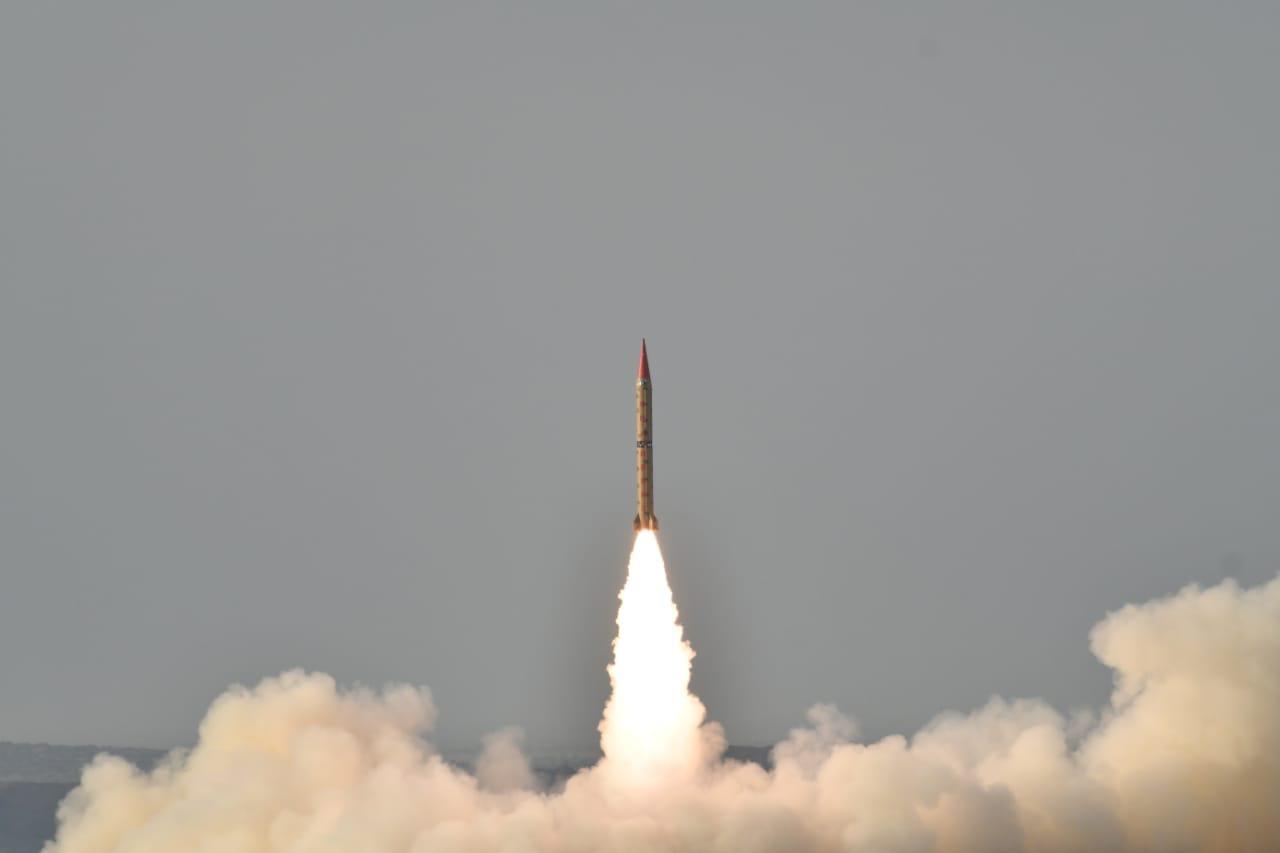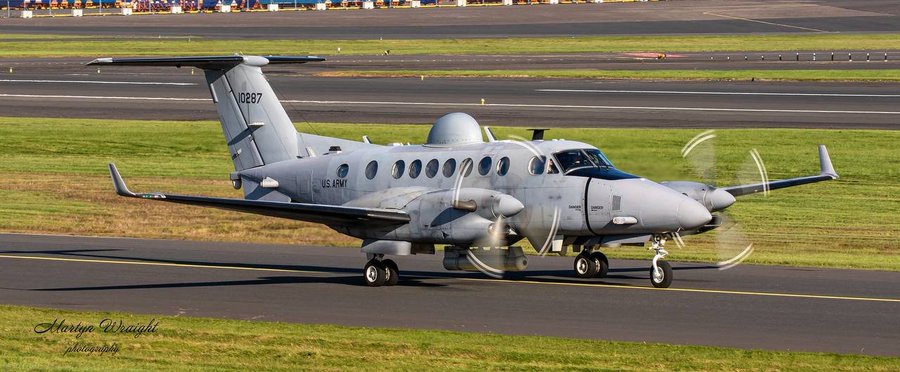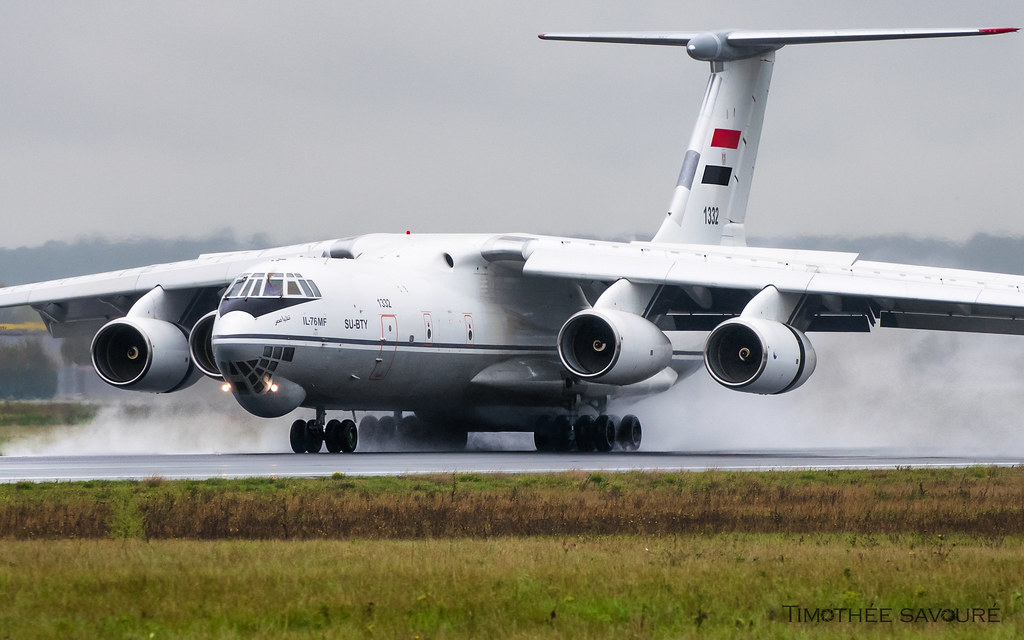Kirana Hills Mystery: U.S. Radiation Jet, Egyptian Transport, and Pakistan’s Nuclear Core—What Really Unfolded?
The allegations, though unconfirmed, claim that New Delhi's air offensive under “Operation Sindoor” targeted nuclear-sensitive facilities, allegedly triggering a radioactive leak so severe that it compelled Islamabad to accept a ceasefire.
(DEFENCE SECURITY ASIA) — Unverified reports emerging from Indian media outlets and amplified by social media chatter suggest that India may have executed a high-stakes precision strike using cruise missiles on Kirana Hills, a site long suspected to house elements of Pakistan’s nuclear weapons infrastructure.
The allegations, though unconfirmed, claim that New Delhi’s air offensive under “Operation Sindoor” targeted nuclear-sensitive facilities, allegedly triggering a radioactive leak so severe that it compelled Islamabad to accept a ceasefire.
Despite the intensity of the rumours, no official confirmation has been issued by either the Government of Pakistan or international watchdogs like the International Atomic Energy Agency (IAEA) regarding any incident at Kirana Hills.
Kirana Hills, nestled within the military-heavy Sargodha region, has long been cloaked in secrecy and is believed to contain underground storage or experimental facilities critical to Pakistan’s nuclear deterrent.
The site holds historical significance as the venue for sub-critical nuclear tests, also referred to as “cold tests,” carried out by Dr Abdul Qadeer Khan and his team at Kahuta Research Laboratories (KRL) throughout the 1980s and early 1990s—years before the 1998 Chagai detonations brought Pakistan into the nuclear club.
These tests, designed to validate implosion mechanisms and nuclear triggering systems without producing actual yield, were instrumental in validating the country’s early atomic weapons architecture.
Kirana’s geography—isolated, rugged, and far from population centers—made it an ideal site for clandestine nuclear research and testing, shielded under layers of military and intelligence protection, including oversight from ISI and military intelligence units.

In a tightly controlled press briefing, Indian Air Vice Marshal A.K. Bharti categorically denied any Indian involvement in strikes against Kirana Hills, a site many suspect plays a central role in Pakistan’s strategic arsenal.
“We have not hit Kirana Hills — whatever is there. I did not brief about it in my briefing on Operation Sindoor yesterday,” he said, seeking to downplay the allegations.
In a moment of irony, Bharti added: “Thank you for telling us Kirana Hills houses nuclear installations. We did not know it.”
Still, satellite imaging analysts and OSINT trackers continued to monitor developments after claims emerged that India employed long-range cruise missiles, including the BrahMos and SCALP EG, to conduct precision strikes on multiple high-value targets inside Pakistan.
Among the targets identified in those reports were Mushaf Airbase in Sargodha and Noor Khan Airbase in Rawalpindi, both situated in proximity to Pakistan’s nuclear command-and-control infrastructure.
Noor Khan Airbase is particularly significant, as it sits adjacent to the Strategic Plans Division (SPD) headquarters—the nerve centre for overseeing Pakistan’s nuclear doctrine, warhead storage, and delivery readiness.


The SPD, formed in the immediate aftermath of Pakistan’s 1998 nuclear tests, is the apex agency responsible for the operational security, deployment protocols, and survivability of Pakistan’s nuclear forces.
Functioning under the National Command Authority (NCA) chaired by the Prime Minister, SPD’s portfolio encompasses nuclear doctrine formulation, weaponization roadmaps, and physical security architecture, aligning Pakistan’s deterrence posture with evolving threats in South Asia.
The agency’s central hub at Noor Khan Airbase supports rapid decision-making and secure communications, making it a critical node in the regional strategic stability equation.
Just 20 kilometres to the west, Mushaf Airbase—home to Pakistan’s F-16 Fighting Falcon squadrons—serves as a forward-operational base capable of delivering nuclear ordnance in a retaliatory scenario, making it a high-priority surveillance and strike target in any strategic escalation.
Tensions were further inflamed after open-source trackers detected the presence of a U.S. Department of Energy aircraft, a Beechcraft B350 “Aerial Measuring System” (AMS), transiting over Pakistani airspace shortly after the alleged strikes.
The aircraft, tail-numbered N111SZ, is a specialized radiation-detection platform equipped with gamma-ray sensors and real-time isotopic mapping capabilities, built to track airborne and ground-level radioactive contamination with extreme precision.

The B350 AMS platform is optimized for low-altitude, low-speed flight, making it suitable for fine-scale contamination surveys in the wake of nuclear accidents or covert leaks.
Critically, the aircraft is also capable of streaming live radiation data to remote command centres, enabling U.S. authorities to assess nuclear incidents globally with rapid responsiveness.
Previously deployed in post-disaster missions such as Fukushima and during U.S. homeland nuclear drills, the AMS aircraft is often a bellwether for unacknowledged nuclear anomalies.
Its flight over Pakistan—though not publicly acknowledged by either Washington or Islamabad—has added considerable weight to theories that something radiological may have occurred.
Adding yet another twist, aviation tracking services noted the sudden arrival and departure of an Egyptian Air Force Ilyushin IL-76 military transport aircraft at Murree, Pakistan, just hours after the ceasefire was declared.
FlightRadar24 logs showed that the IL-76, operating under the callsign EGY1916, had previously departed from China and made a brief stopover in Bhurban Airstrip (Murree) before continuing on to the United Arab Emirates (UAE).

The Egyptian aircraft’s flight path and timing triggered speculation that it may have been involved in a discreet emergency assistance mission—possibly ferrying boron, a chemical compound widely used in nuclear radiation suppression protocols.
Some OSINT communities claimed the IL-76 was not only transporting military cargo but may have carried boron-based compounds, used to suppress neutron activity and contain radiological dispersal.
Boron, with atomic number 5, is a metalloid that serves a critical role in nuclear reactor safety, particularly the isotope Boron-10, which is a potent neutron absorber.
In nuclear power systems, boron compounds are routinely added to control rods or coolant systems to moderate fission reactions and prevent core overheating or meltdown.
In emergency scenarios, boric acid and related agents are deployed to suppress radiation leaks, as witnessed in the aftermath of Chernobyl and Fukushima—making it an indispensable tool in nuclear containment strategies.
As the fog of disinformation, speculation, and partial truths thickens over the Kirana Hills incident, one fact remains clear: South Asia’s nuclear stability remains as volatile and opaque as ever, and the world may have just witnessed a near-flashpoint whose full contours are still being mapped.
— DEFENCE SECURITY ASIA




